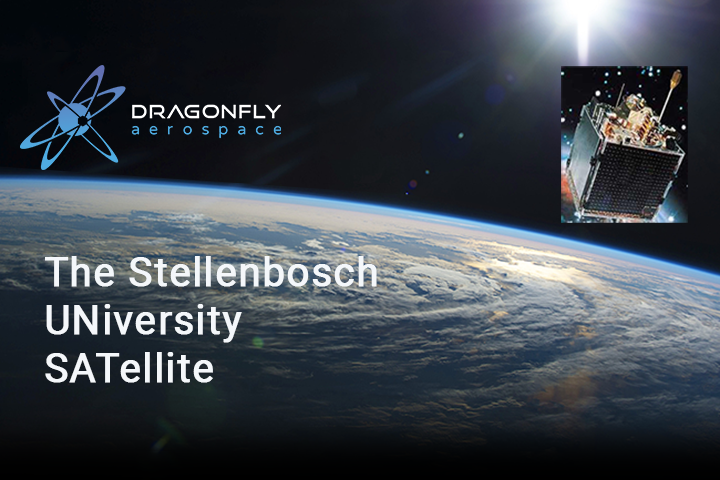
The South African satellite Sunsat was launched aboard a Delta II rocket from Vandenberg Air Base on February 23, 1999. The Sunsat mission introduced the era of space exploration in South Africa, and even on the entire continent. The satellite was constructed by post-graduate engineering students at Stellenbosch University. Niki Steenkamp, member of the Tech team with Dragonfly Aerospace, was involved in the Sunsat program. He recently shared how the university project grew to a full-fledged mission, proving to be a unique experience for future space engineers and pioneered South African space exploration.
The Purposes of the first South African Satellite
The Sunsat program had two main purposes: to train students in the technologies and sciences of spacecraft construction, and to build a working satellite equipped with a high-performance Earth observation camera. The program ran for almost 10 years, and in that time roughly 100 students earned their Graduate (or Post-Graduate) degrees on some aspect of the Sunsat.
Steenkamp remarked on the challenges: “Working with students creates a continuity challenge since new students arrive and students leave as they complete their studies. Ensuring key knowledge is retained and focus is maintained is a concern. Getting students to document anything. We had a great team with good leadership from the academic staff. And doing everything yourself is just crazy!”
Key Sunsat Features and Configuration
The South African satellite weighed about 60kg and was approximately 46cm x 46cm x 60cm. It had a multispectral line scan (push-broom) imager with three spectral bands (RED, GREEN, and NIR) as the primary payload. Secondary payloads included experiments from local schools and a GPS receiver from JPL. It housed dual redundant onboard computers, as well as a separate AOCS computer. The AOCS included horizon sensors, sun-sensors, a 3-axis magnetometer, two-star cameras, three-axis torque-coils, and a full three-axis reaction wheel set. The satellite had a 2m long deployable boom with a mass on the end to stabilize the gravitational gradient, but it could also use the reaction wheels to operate in 3-axis stabilised mode. The radio subsystem included several UHF and VHF transceivers with a complex interconnection scheme. This was used to implement the HAM radio payload and several transponder modes (“bent-pipe”).
For Sunsat, everything was developed and manufactured in-house. Not all subsystems were affordable at the time, so students designed, built, integrated and tested all electronics and mechanics, with the exception of solar panels. It allowed them to “get their hands dirty” and gain immeasurable experience with real-life engineering design.
Here Comes the Challenge
A major challenge arose once the African satellite was launched. The designers were operating the smallsat themselves, so they had to constantly work on improving it and trying to solve problems with various software updates and workarounds.
Steenkamp commented that “Being so closely involved in the operational part of the project has given us a much better understanding of how a satellite should be designed. You do not understand the challenges of building a satellite unless you have had to recover a crashed OBC and re-stabilize the satellite in real-time, during a 7-minute communication window!”
The connection with the Sunsat was lost after 2 years in orbit. Since NASA sponsored its launch as a secondary payload on a Delta-II rocket, designers did not have the chance to choose an orbit. The orbit was dictated by the primary payload. Sunsat ended up in a dawn-dusk orbit, where it was constantly illuminated by the sun. The thermal design of the satellite was not able to withstand the constant heat, which inevitably caused the batteries to fail from overheating.
“Student-built satellites like Sunsat do not have a great track record and more than half such satellites never respond. For those that do respond, the life expectancy is typically less than 6 months. Sunsat outlived that expectation by almost a factor of 4!” — remarked Steenkamp.
Sunsat — the First Step for Space Industry Development in the Country
The Sunsat mission has shown that it was possible to build a high-performance, multi-spectral camera into a small satellite (60kg). In addition, Sunsat has provided valuable knowledge and experience to all the people involved in the program. While most of them did not actually see how Sunsat was launched, they gained the experience of working on a complex and challenging project. The success precipitated the growth of South Africa’s Space industry. The technology formed the basis of the next South African satellite, which then influenced the next, and so on. This satellite provided experience for a galaxy of designers and launched the development of smallsat technologies in the country.
